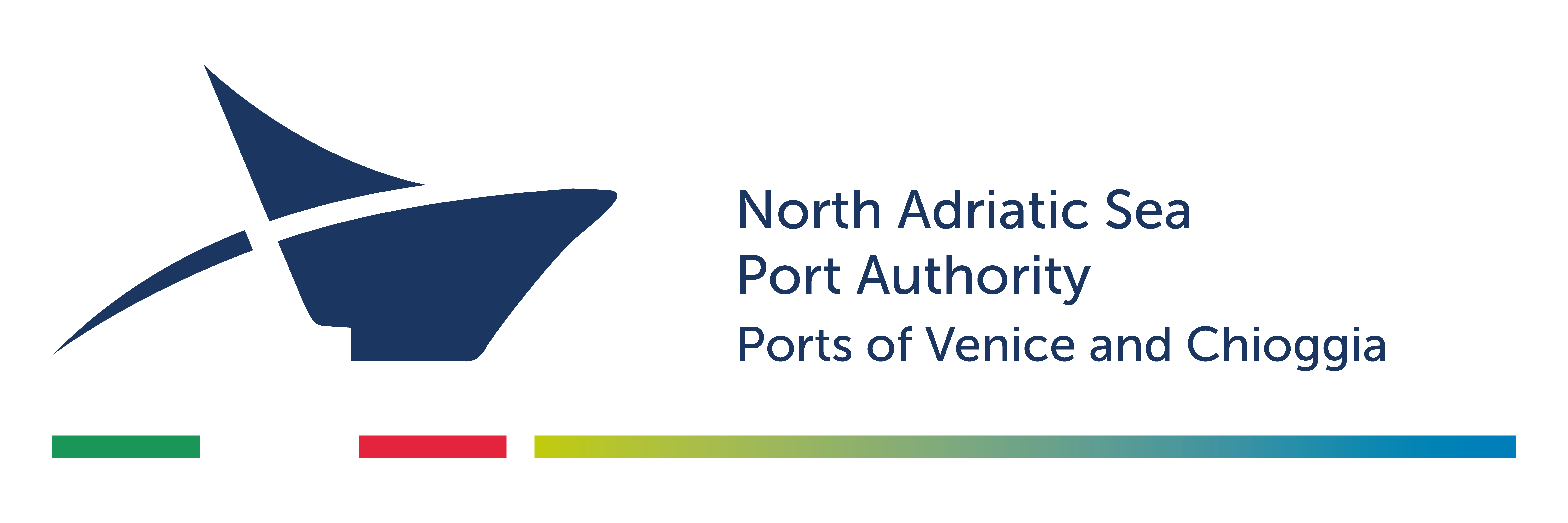As a driver for the sustainable development of port cities
Ernesto Ottone RAMÍREZ, UNESCO’s Assistant Director-General for Culture, former Minister of Culture, Art and Heritage of Chile, was the keynote speaker at the online international conference on “Cultural heritage as a driver of Port Cities’ sustainable development” convened by the North Adriatic Sea Port Authority.
Attended by some 200 participants, the meeting presented the preliminary results of REMEMBER, an EU project funded under the Italy-Croatia Cross-Border Cooperation Programme which involves eight port cities on both sides of the Adriatic sea aiming at rediscovering and transmitting the values of a common cultural identity whose core is the sea they share.
In his introduction, the conference chair Franco Farinelli, a geographer and an expert on the history of the Adriatic region, pointed out that an early outcome of the project is the partners’ joint effort to promote their common cultural identity, which is defined by relationships and goes beyond national borders; leveraging such ties could foster regional growth, tackling the crisis of current models of development.
“An authentic cradle of civilization”, that is how Pino Musolino, Special Commissioner of the North Adriatic Sea Port Authority (AdSPMAS) defined the Adriatic region. “Over the millennia the Adriatic sea has enabled many populations to develop and flourish at the crossroads of the Latin, Germanic and Slavic cultures; those peoples have prospered thanks to the sea which served as the main engine of their economy” he said. “In Venice, the flourishing trades fostered culture, the arts and technological innovation during the Middle Ages, the Renaissance and in the modern era and allowed a bunch of humble settlements built on water to survive the crumbling Roman Empire to become a metropolis capable of attracting elites from all over the world. Such maritime culture pivoting around ports produced remarkable works, such as the ‘Arzanà dei Viniziani’, that features also in Dante Alighieri’s Inferno. That tradition continues in modern-day Porto Marghera, a manufacturing and services hub fuelled by many entrepreneurial activities that still rely on the port. To celebrate this extraordinary cultural heritage, work is in progress to open a “Virtual Museum of the Port of Venice”, an ambitious project that makes use of augmented reality to let a wide audience discover the ancient fishing tradition of the port of Chioggia, the evolution of Venice’s trade routes in the Mediterranean, in the Far East and in Northern Europe, the excellence of the Arsenale and the entrepreneurial ventures operating at the port in the 21st century”. Produced in collaboration with the Fondazione Musei Civici di Venezia and the Italian Navy, among others, a video trailer of the Venetian Virtual Museum was presented at the conference as a preview, offering a taste of the version due to be released in the summer 2021.
Rodolfo Giampieri, President of the Central Adriatic Ports Authority which acts as the project lead partner, emphasised that “the cultural heritage of ports is clearly evident to those who live and work in a port city. The cultural dimension is the common ground where the port and the city can restore an alliance to pursue growth together, each one focusing on its own field of competence while sharing sustainability values. Such values today are no longer perceived as a mere business cost but rather as an element of competitiveness, which helps identify common objectives”. As an example of how culture “can be a tool for mutual understanding and sustainable development” Giampieri quoted the Old Port of Ancona, which “was re-opened after operations had been moved to more efficient spaces that met modern logistics requirements. The desire to experience the port, to propose new entrepreneurial projects and to relate to these spaces is the clearest sign that the city and its port are closely linked and share a common heritage, having to do with know-how and identity”.
The last institutional representative to speak was Federico Rosset, Policy officer at the European Territorial Cooperation and Macrostrategies Unit, Joint Programming Department of the Veneto Region, which is the Managing Authority of the Italy-Croatia Programme. He put the project into perspective within the wider goal of developing new models of tourism in the Adriatic region, highlighting the key role of ports, which can act both as privileged observers of tourism dynamics and active players in steering them. To do that they should learn from past experiences, identify and overcome criticalities and then commit themselves to change.
According to keynote speaker Ernesto Ottone Ramirez, UNESCO’s Assistant Director-General for Culture and former Minister of Chile, the themes of the conference are all the more topical today in the light of the ongoing pandemic that, on the one hand, has highlighted the need to make cities more resilient – thus confirming UN 2030 Agenda’s call for resilience – and, on the other, has caused a 65% drop in tourism in historic cities – thus calling for a new approach and consensus on what type of tourism is desirable. To this end, UNESCO has set up a “Task Force for Resilient Tourism” and a road map for actions to be put in place within a certain timeframe. It is intended as a forum to build capacity and bring together communities, public decision-makers, economic operators so that models can be developed to achieve a better balance between social, economic, environmental and cultural dimensions. From this point of view, historic port cities can be an exceptional testbed for research and experimentation.
Echoing Ramirez was Professor Carola Hein from the TU-DELFT University, who presented several studies on these issues, as well as the Action Plan drafted by the Union for the Mediterranean, which once again places port cities at the heart of the process of building sustainable cities. She also stressed the importance of designing a project for the future that all stakeholders involved can share. It was then the turn of José Sánchez, international project manager at the International Association of Port Cities. He highlighted the relationship between sustainability and culture by showing how the UN’s Agenda 2030 can be applied to maritime cities. Work is in progress to develop a tool called “Port Centres” aimed at promoting a dialogue between the urban and the port side of these cities. The virtual museums designed by REMEMBER belong to the third generation of Port Centres and make use of new technologies to facilitate a “diffused” space-time fruition of these cities.
Going to the core of the project, Domagoj Drazina, project manager and Education Curator for the National Museum of Zadar, focused his speech on the most arduous challenge that museums face today, namely that of engaging the public. The ultimate goal is to turn visitors into active user by means of interactive techniques which promote a “joint storytelling ” while using the feedback from the users to fine tune and adapt the delivery of contents.
Professor Paolo Clini from the Polytechnic University of Marche spoke about the role of new technologies and suggested that “virtual copies” make art democratic, turning it into a common good which can be used and enjoyed anywhere and in all circumstances. He drew a comparison with the tradition of copying works of art in the past: dematerialisation has now replaced the old plaster casts to bring facsimiles into multiple realities and dimensions, opening up previously unimaginable opportunities.
Guido Vettorel, Head of the Development, Promotion, Statistics, Communication and EU Projects Unit of the Central Adriatic Ports Authority, introduced the brand “Adrijo” which eight Adriatic ports chose for their new-born cultural network. Vettorel illustrated the rationale of the network and the common storytelling strategies that will be used in the digital platform to offer eight immersive experiences and engage visitors.
Valeria MANCINELLI, Mayor of Ancona, delegate for port cities of the National Association of Italian Municipalities (ANCI), concluded the meeting by highlighting that reconstructing a common identity – which is the mission of the REMEMBER project – is both extremely urgent and highly topical since the sudden changes we are experiencing coupled with the rapid technological innovation are destabilising factors that might cause us to forget about our past while generating economic and social crises, to which a response must be given. The REMEMBER project is aimed at giving such response.

